
How passengers, as well as Serbs from Wuhan are checked for coronavirus: 1 criterion is tightened
The four Serbian citizens who were evacuated to France from Wuhan in China and held there in quarantine for two weeks due to the coronavirus outbreak, arrived in Belgrade last night, and immediately after landing their heath condition - which was good - was checked at the Nikola Tesla Airport.
They were interviewed and had their temperature taken, and considering that it was normal and they had no other symptoms that may indicate the presence of coronavirus, they were only given a health warning about what to do in case of any problems. So Aleksandar Kalaba, Stefan Vojnic, Nenad Neskovic and Dusan Djelic, who were quarantined in Aix-en Provence near Marseille, France, were finally able to go home.
Every passenger undergoes health checks at the Nikola Tesla airport, as well as at the other two in Serbia - in Nis and Kraljevo. Namely, two cameras - one, which covers a staircase leading to passport control, and the other, facing in the opposite direction, captures the queue at passport control. These are constantly switched on and measuring the passengers' temperature.

From a distance of at least 10 meters, they focus 9 points each on the descending staircase and on the passport control line, so that there is no way for any of the passengers to pass without their temperature being measured.
Acting Assistant Minister of Health for Inspection Affairs Dr. Goran Stamenkovic told Telegraf.rs that these are state-of-the-art thermal imaging cameras, which used to be in installed in the same place but were then removed, to be put back again on January 22. Before that, passenger control was done using digital thermometers.
Stamenkovic explains that when the camera detects a passenger with increased body temperature, this is displayed to the inspector on the monitor. The inspector then takes the passenger out of the passport control line and talks to them in a separate room, measuring their temperature with a digital contactless thermometer.
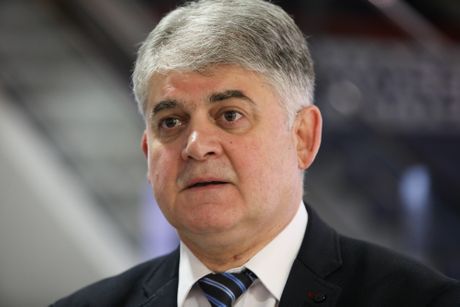
"The passenger is asked if they had a temperature higher than 37.9 degrees over the previous few days. If they currently have a temperature between 37 and 38, they go to the interview room, the inspector gives them a warning, an instruction to report to the competent epidemiological service, while epidemiological teams are notified to interview the passenger in order to monitor their medical condition. They can go home, but they have to report to epidemiologists. However, if a passenger has a temperature exceeding 38 degrees, they are automatically placed in isolation at the airport and the Institute's epidemiological team is asked to come to the airport. If that patient needs to be hospitalized at the competent clinic for infectious diseases, an ambulance is called to transport them. So far, no passengers from the airport have required transportation to the Infectious Diseases Clinic," Stamenkovic explains.
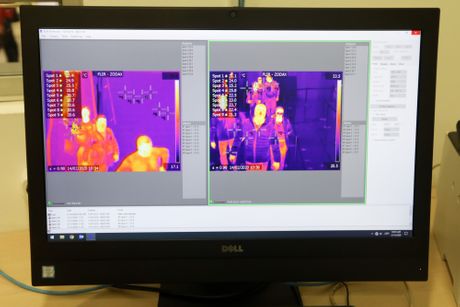
Not just ordinary paper
Simply put, if a passenger has a temperature between 37 and 38 degrees they go home but are being monitored, and if it is above 38 degrees they are put in isolation.
Until February 9, only patients who had a temperature higher than 38 were monitored. As of last Monday, that criterion has been tightened.
"As of Monday, February 10, every passenger who has a temperature higher than 37 is monitored. What does that mean? We give them the decision to contact a given doctor using a phone number. It is an administrative measure and the passenger is under obligation to report, and if they do not, we seek assistance from the police. We send all the information to a specific epidemiological service, they record it, and if the passenger doesn't contact them within a certain period of time, they notify us and we seek police assistance. It's not just an ordinary paper," explains Milos Jankovic, a border sanitary inspector with the Belgrade Border Department.
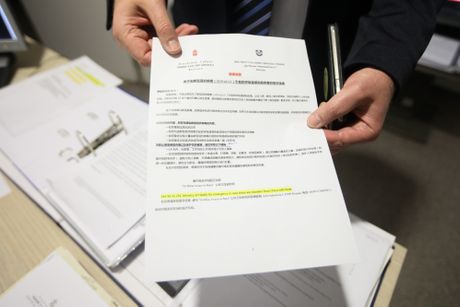
Stamenkovic stresses that immediately upon receiving information from the World Health Organization (WHO), the Ministry of Health, in cooperation with the Institute for Public Health of Serbia "Dr Milan Jovanovic Batut" stepped up checks of passengers in international traffic. In nearly a month, 647 aircraft and buses have been controled in this way, 500 of which were airplanes.
"During the period, from January 22 to February 13, 90 passengers, both our and foreign nationals, have been put under monitoring measures for the possibility of coronavirus. All passengers reported to the competent authorities and in these 14 days none of them had coronavirus. Of those 90 passengers, 62 were from buses with Chinese nationals traveling through the Balkans, which we inspected on January 28 in Mali Zvornik," says Goran Stamenkovic, whom we spoke to at Nikola Tesla Airport as passengers from Doha were arriving at passport control:

"Inspectors exchange information daily with Batut and with all regional institutes, and those in Serbia, which have mobile epidemiological teams that follow a well-established procedure - an algorithm, which Batut has created. That algorithm is part of the daily work of our sanitary inspection. It knowa exactly what to look for, what symptoms, in order to gather all information from travelers. This implies obtaining information on whether they had been in contact with anyone who has the disease, others they had been in contact with, how long they have been traveling, where they had been staying, whether they had visited health facilities, whether they visited some markets in China..."
Although most travelers who came from Doha wore masks, we were not "lucky" enough to get to see any with increased temperature, and what the situation in the queue is like when passport control is halted. Passengers seemed to wear masks to protect themselves rather than avoid infecting others.
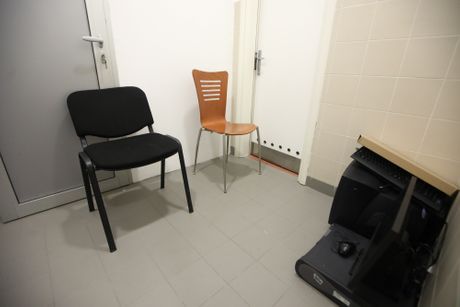
9 points
And what does a bus check look like - what is the signal to carry out such checks on passengers on a bus?
"Bus passengers are controlled using a contactless thermometer. We act when the border police calls, with whom we have excellent cooperation. Our inspectors get information from them, who came, when they arrived, where they are and about the that is being held. An inspector in a certain uniform enters the bus and measures the temperature of each passenger with a thermometer. Regardless of the fact that there may be only 5 travelers from China, for example, others are being checked as well since they have been in contact with them. If they don't have increased temperature, anamnestic data is taken from them and based on that a classification is made as to whether they will only be given a warning about what to do in case they develop symptoms, if they will be monitored or isolated," Stamenkovic said.
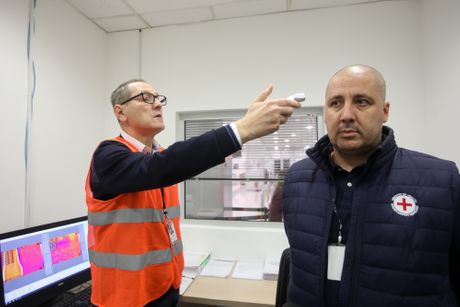
The signal to stop the bus, first and foremost, regards where it's coming from, what symptoms a suspected patient has, and who they had been in contact with.
Stamenkovic told the Telegraf.rs that 9 border crossings are being checked for coronaviruse - 6 road ones and 3 airports where border sanitation control has been tightened.
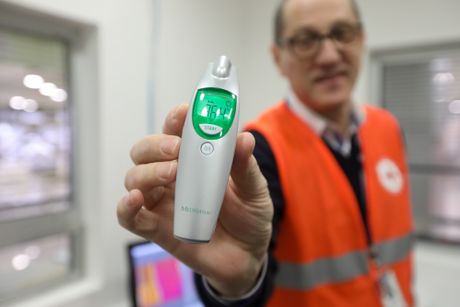
"Road crossing with Macedonia, Bulgaria, Hungary, Romania, Croatia and Bosnia and Herzegovina are monitored," he said, recalling that the WHO a few days ago checked and praised the measures put in place and the preparedness of our health services.
VIDEO: 2 symptoms that may indicate you have coronavirus rather than seasonal flu
(LJ. Racic)
Video: Koncert “Novogodišnji muzički intermeco” održan na terasi Narodnog pozorišta
Telegraf.rs zadržava sva prava nad sadržajem. Za preuzimanje sadržaja pogledajte uputstva na stranici Uslovi korišćenja.

